17 'facts' about space and Earth that you thought were true - but have been debunked by science
Have any favorites we missed?

MYTH: There are only 3 phases of matter: solid, liquid, and gas.
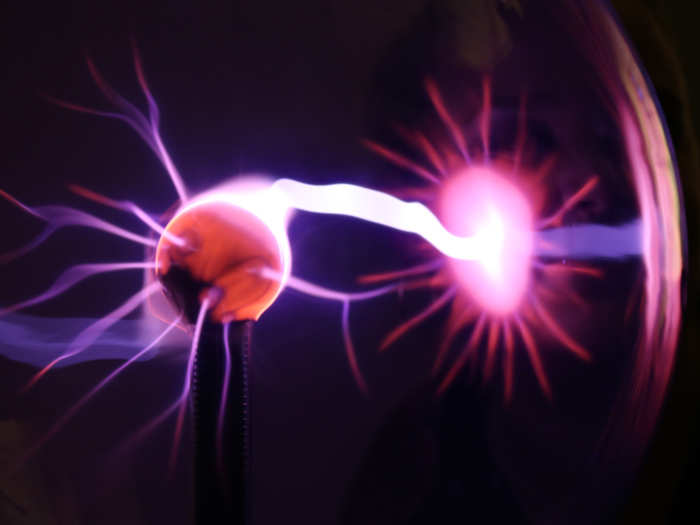
There's another big one: Plasma.
It's easy to assume solids are the most abundant form of matter in the cosmos, since we all live on a giant rock. But plasma is vastly more abundant — stars, including our sun, are gigantic orbs of glowing plasma.
There are many more phases of matter as well, like supercritical fluids, but solid, liquid, gas, and plasma are the main ones.
Sources: NASA, Southwest Research Institute, Business Insider
MYTH: Enrico Fermi created the "Fermi paradox" about the existence of aliens.
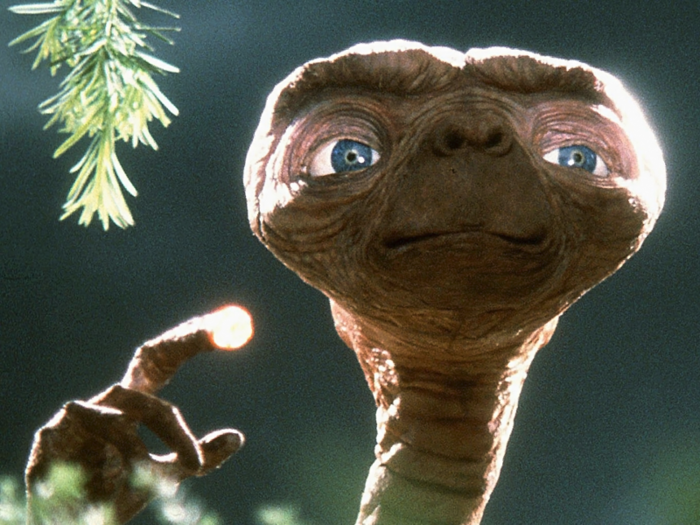
Physicist Enrico Fermi once famously asked "where is everybody?" after seeing a cartoon featuring a flying saucer in 1950. Many people believe Fermi's question — now known as the Fermi paradox — referred to the existence of aliens. If other intelligent life inevitably arises, the logic goes, why haven't we found any proof of it?
But Fermi was actually questioning the feasibility of travel between stars — not the outright existence of aliens, which is something he reportedly never doubted.
The "Fermi" paradox as we know it today does question alien existence, but it's not named after the people who actually advanced this concept. Those honors belong to astronomer Michael Hart and physicist Frank Tipler, who refined the idea in the 1970s and 1980s.
"The Fermi paradox might be more accurately called the 'Hart-Tipler argument against the existence of technological extraterrestrials,' which does not sound quite as authoritative as the old name, but seems fairer to everybody," astronomer Robert H. Gray wrote for Scientific American.
Sources: Business Insider (1, 2), Scientific American
MYTH: The vacuum of space is always cold.
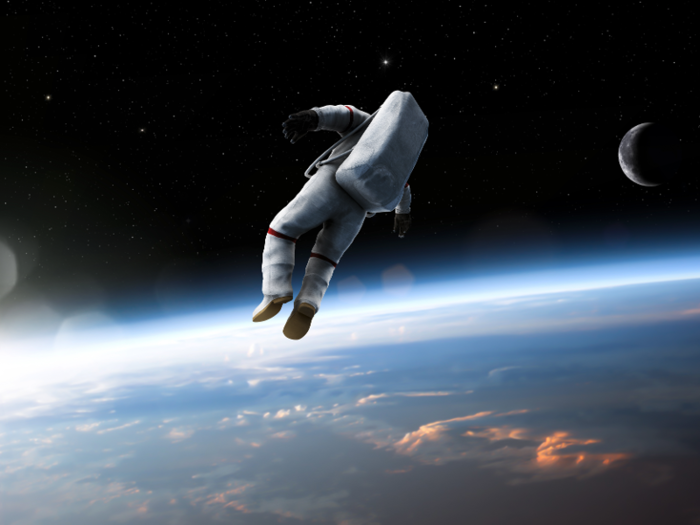
If you're in total darkness at the coldest spot in the known universe, the vacuum of space can get down to -454 degrees Fahrenheit. Brr!
But in sunlight near Earth, temperatures can swing to a boiling 250 degrees Fahrenheit. That's why astronauts wear reflective white spacesuits.
MYTH: Nothing can go faster than light.
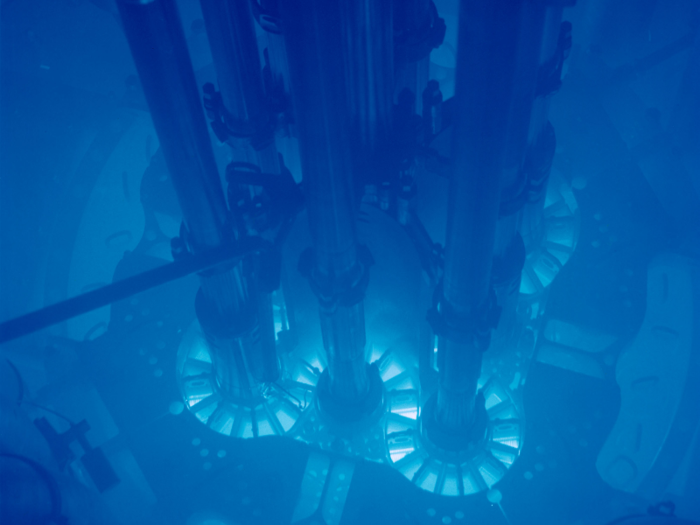
Unimpeded, light can move at 299,792,458 meters per second in a vacuum. But it slows down when it travels through different substances. For example, light moves 25% slower through water and 59% slower through diamond.
Particles like electrons, neutrons, or neutrinos can outpace photons of light in such materials — though they have to bleed off energy as radiation when they do.
What about light in a vacuum? Even then, the expanding fabric of space once exceeded light-speed during the Big Bang.
Physicists also think two quantum-entangled particles might be able to "move" or teleport their states instantly, no matter how much distance separates them.
Sources: Georgia State University, Tech Insider
MYTH: The moon is pretty close to the Earth.

The moon sometimes looks so close you could reach up and up and grab it.
In reality, the moon orbits at a distance of about 239,000 miles from Earth. If you could somehow hop in a Boeing 747 and cruise to the moon at full speed, the journey would take about 17 days.
Sources: Tech Insider, Boeing
MYTH: Summer is warm because the Earth is closer to the sun.

When it is summer in the Northern Hemisphere, the Earth is not closer to the sun. In fact, it's quite the opposite: The planet is at it's farthest point from the sun during the summer.
It is warmer during the summer because Earth is tilted. During its orbit, our home planet's tilt allows the sun's energy to hit us more directly.
Sources: NASA (1, 2); Business Insider
MYTH: There's a "dark side" of the moon.
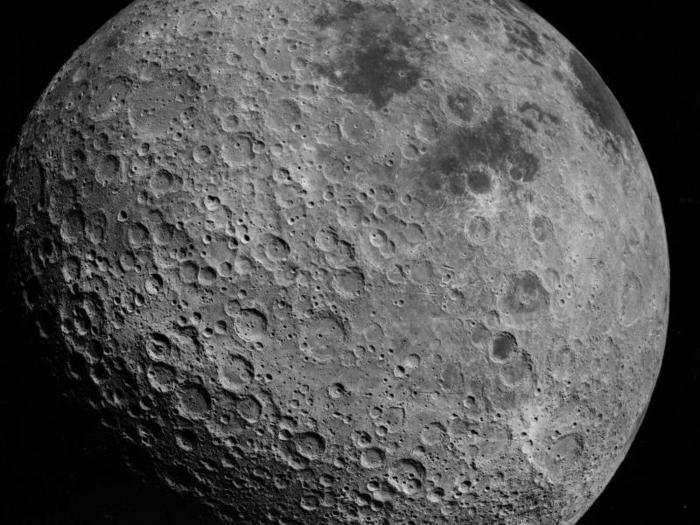
It's easy to think the far side of the moon is dark, since we never see it. But it actually goes through the same lunar phases as the near side, which faces the Earth — in reverse.
When there's a new (and very dark) moon on the near side, for example, that means there's a full moon on the far side. We just can't see it from our vantage point.
So yes, there is a "dark side" to the moon — but it's always moving and sometimes faces Earth directly.
MYTH: The Earth is a perfect sphere.
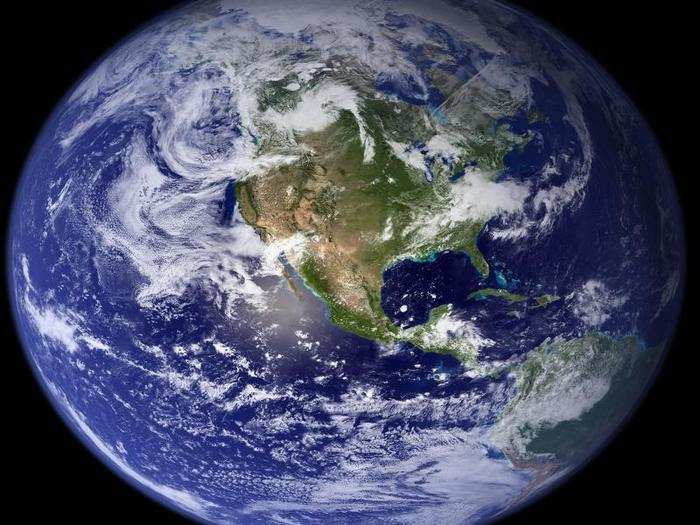
Earth is slightly flattened at the poles, and it bulges at the equator — giving it an oblong 3D shape called a spheroid.
This is because the planet rotates, and its rock behaves kind of like a merry-go-round: The closer you are to the edge of the merry-go-round, the stronger you have to grip a bar to not be flung off due to a greater centrifugal force.
At the equator, Earth's rotational speed is about 1,037 mph, which is about 60% of the speed a typical bullet travels after it shoots out of the muzzle. But farther north or south, it's slower — New York City, for instance, technically moves at 786 mph.
Rock is somewhat gummy and plastic beneath the Earth's crust, so — unlike a stiff merry-go-round — the forces of rotation and gravity create a bulge along the equator. In fact, if you were to stand at sea level on the equator, you'd be more than 13 miles farther away from Earth's center than if you would be at sea level on either pole.
Due to global warming and the melting of glaciers (and less weight pushing down on the crust), scientists think that bulge is now growing — even though it should be decreasing as the Earth's rotation slows by a fraction of a second each year.
Sources: StarrySkies.com, MythBusters the Exhibition, Scientific American
MYTH: Jupiter circles the sun.
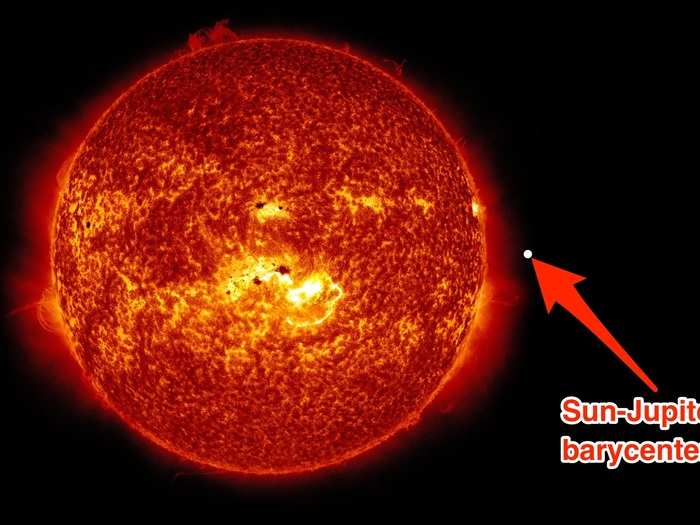
This is technically incorrect because Jupiter is so big.
When a small object orbits a big object in space, the less massive one doesn't really travel in a perfect circle around the larger one. Rather, both objects orbit in ellipses around a combined center or "halfway point" of gravity called a barycenter.
For a puny, fragile planet like Earth, which is 1/332,949th the mass of the sun, the barycenter resides so close to the center of the sun that we don't even notice the slightly off-kilter orbit. It seems like we circle the star.
But Jupiter is largest planet in the solar system, weighing more than twice the mass of all the other planets, moons, asteroids, and comets combined. This pulls its barycenter with the sun some 1.07 solar radii from the star's center, or about 30,000 miles above the sun's surface.
Sources: NASA, Business Insider
MYTH: The Great Wall of China is the only man-made structure visible from space.

It all depends on where you believe space begins above Earth.
From the International Space Station, 250 miles up, you can see the Great Wall and many other man-made structures. Tiny satellites that orbit even closer than that can see objects like Apple's spaceship campus.
From the moon, you can't see any structures at all — only a dim glow of city lights.
Sources: NASA, Business Insider
MYTH: When you call someone, the signal bounces off a satellite.

The military uses satellite phones every day, but your mobile phone works in a much different way.
Mobile phones broadcast a wireless radio signal and constantly look for, ping, and relay data to and from land-based cellular towers.
When you make a call, the nearest tower connects you to another phone via a vast network of tower-to-tower connections and buried cables.
At best, a satellite might be involved in an international call — but 99% of worldwide communications data travels through undersea cables.
Sources: Global Data Systems, Business Insider
MYTH: Astrology can predict your personality or the future.
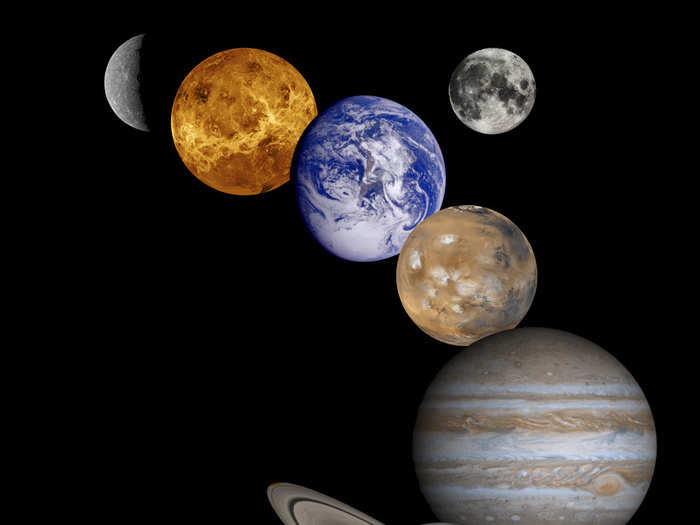
Wouldn't it be nice to get a glimpse of tomorrow based on something as simple as where the sun, planets, and moon were located when you were born?
That's what astrology claims to do — and as much as 2% of people on the planet strongly buy into.
Yet thorough scientific investigations of astrology have failed, again and again, to back up any predictions from an astrological sign or horoscope.
In a 1985 study published in the journal Nature, scientists used a non-biased, double-blind protocol and worked in conjunction with some of the top astrologers in the US to test the predictive power of astrological signs.
The results? The astrological predictions were no better than chance.
Sources: The Humanist, Comprehensive Psychology, Nature, Proceedings of the Biennial Meeting of the Philosophy of Science Association, Pseudoscience and Deception: The Smoke and Mirrors of Paranormal Claims,
MYTH: A nuclear weapon could destroy an asteroid.

Nuking an asteroid would not vaporize the rock.
Most asteroids are heaps of rubble to begin with, so a powerful blast would probably just break everything apart further. That's like turning a single bullet into a shotgun blast — not a good idea if you're trying to save the planet.
However, some researchers think a well-directed, smartly designed nuclear attack could irradiate an asteroid's surface, vaporize some of the rock, and shoot off gases that'd push an asteroid on off-course. Phew.
Source: National Geographic
MYTH: Going into space makes you weightless.
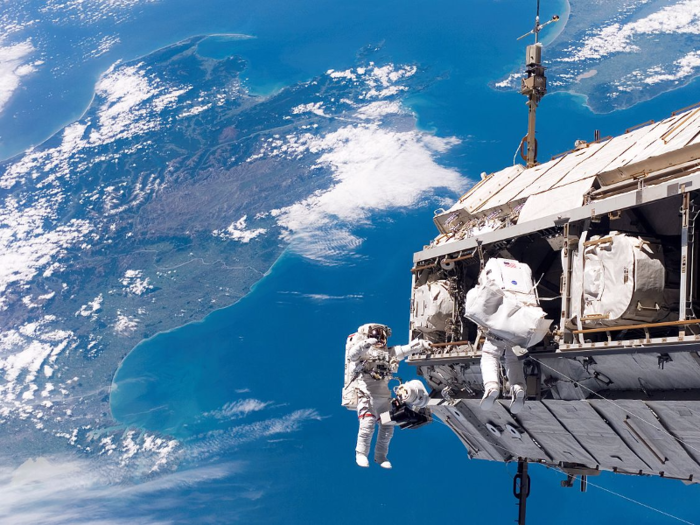
Most scientists agree that space begins 62 miles up, where the Earth's atmosphere is more or less a vacuum.
Yet going past this point does not magically make you weightless. If you're in an accelerating rocket, you will feel many times Earth's gravity. It's only when you start falling that you feel weightless.
To orbit something is to fall forever around that object. The moon around the Earth, the Earth around the sun, the solar system around the Milky Way Galaxy... They're all falling towards one another in a crazy cosmic dance.
If you're 250 miles above the Earth, you have to travel 17,500 mph around the planet to experience continuous free-fall (the same speed that the International Space Station and its astronauts travel).
MYTH: The Asteroid Belt is dangerous.
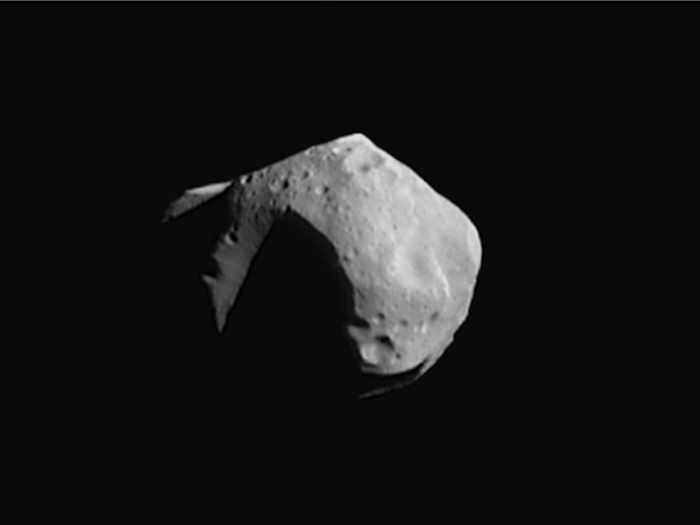
Movie scenes of spaceships flying through a dense field of tumbling, colliding rocks are not realistic.
The Asteroid Belt — a zone 200 to 300 million miles from the sun — is an incredibly lonely and desolate void.
In fact, if you pulled all the asteroids in that belt together, they'd only weigh about 4% of the mass of Earth's moon.
That's why NASA gets really excited when it catches even one asteroid colliding with another.
Sources: NASA, TodayIFoundOut.com
MYTH: The sun is yellow.
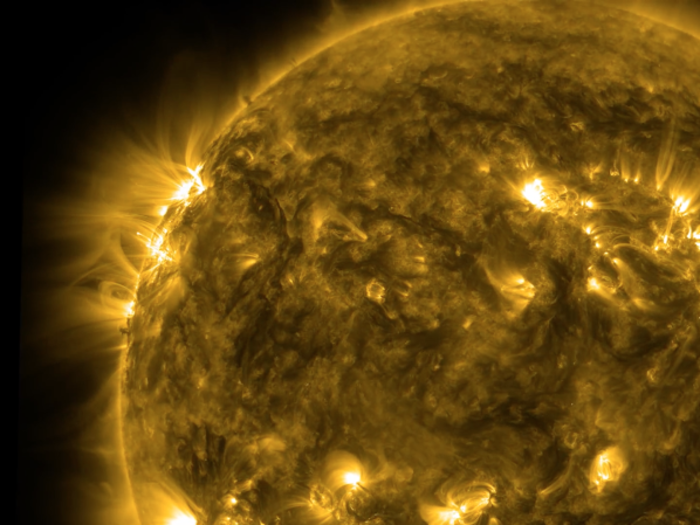
If you look at the afternoon sun, you'd be forgiven for thinking it looks yellow — but the light it gives off is technically white.
The Earth's atmosphere makes the star appear yellow. The gases bend the light in an effect called Rayleigh scattering, which is what also makes the sky appear blue and causes sunsets to blaze into brilliant oranges and reds.
It also doesn't help that astronomers classify the sun as a yellow main-sequence G-type star, or "yellow dwarf" — which has nothing to do with color.
Sources: NASA, NOAA, Washington University, University College London
Advertisement